Payesh
Payesh is a famous rice pudding, originating from Bengal. Its popularity is widespread, and it is addressed by various names throughout different states in India. This sweet, creamy dessert is considered to be an auspicious food in Bengali households. What makes this dish a bit different from the usual kheer is that it uses aromatic rice or Gobindo Bhog instead of the usual rice. But if not available, I would recommend you to use Basmati rice in its place. Some important things should be kept in mind while preparing this A-list dish. The milk should be boiled carefully on medium heated, and stirred constantly to avoid burning. The more you condense the milk, the better it tastes. Sugar (cheeni) should always be added towards the end. Special attention should be paid to check curdling or formation of lumps in the kheer. The jiggery (gur) should be added accordingly then. I have kept the recipe very simple, and have not added any aromatic spices to it. But I have sprinkled some chopped roasted nuts on the cooled Payesh for garnishing. Payesh is usually prepared in Bengali houses during birthday celebrations or annaprashana (weaning ritual of an infant). But this dessert is so delicious, so don’t think twice before preparing it any time.
You can also like common Indian Desserts Mishti Doi, Shrikhand, Mawa Kachori, Jalebi, Doodh Pak
How to make Payesh
Ingredients |
|
| Gobindo Bhog Rice (if not available take basmati) | 1 handful |
| Milk (doodh) | 1 litre |
| Date Palm Jaggery (nolen gur) | ½ cup |
| Sugar (chini) | 2- 3 table spoon |
For Garnishing |
|
| Chopped Nuts |
Method
- 1. Soak rice into half cup of water for 30 minutes.
- 2. Take a large sauce-pan and add milk and put it on medium heat.
- 3. When milk starts boiling, stir constantly to prevent burning of milk.
- 4. When the milk becomes 3/4 of its original quantity, add the drained rice. Let the rice to cook enough.
- 5. When the rice is completely cooked add little sugar.
- 6. In the meantime take 2 tablespoons of the boiling milk in a small bowl, and add little Jiggery (Nolen gur) in the milk and mix it. *(If the milk is not curdled, the jiggery is good and add directly into the payesh. If milk gets curdled, the Jiggery is not at all good and in that case put off the flame. Let the payesh cool for sometimes and then add jiggery otherwise whole payesh will be curdled.)
- 7. Add Jiggery and cook for another 10 minutes, stirring constantly.
- 8. Turn off the heat after 10 minutes. Let the "Payesh" cool down completely. Garnish it with nuts and keep inside the refrigerator and serve it chilled.
- Recipe Type : Bengal, Desserts, Desserts, Indian sweets, Regional

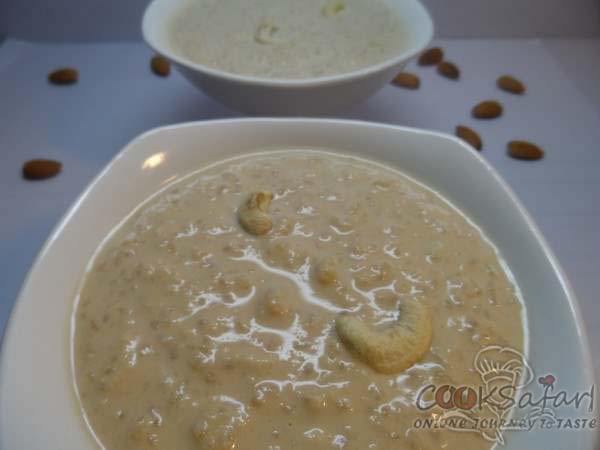
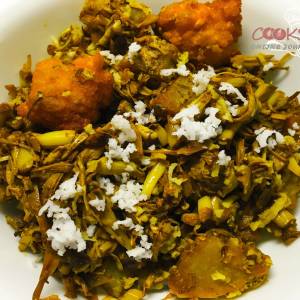
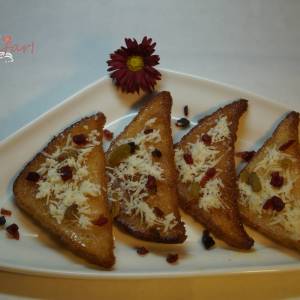
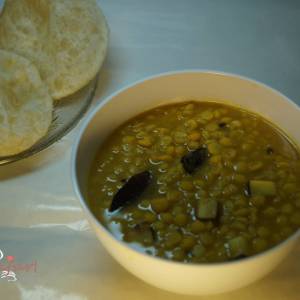
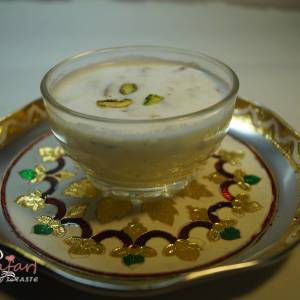

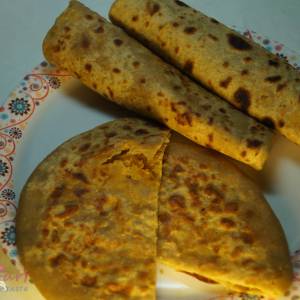
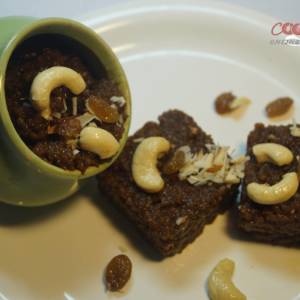
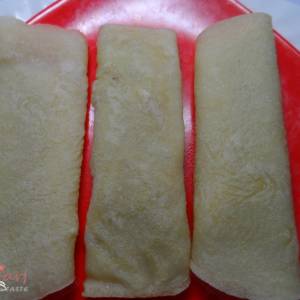
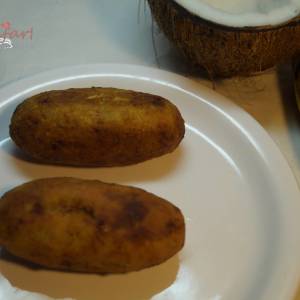
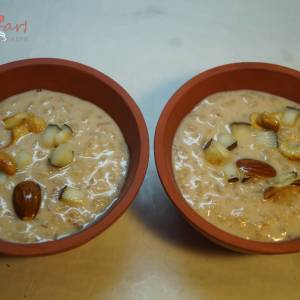
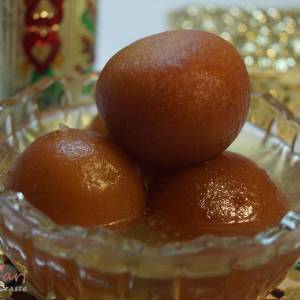
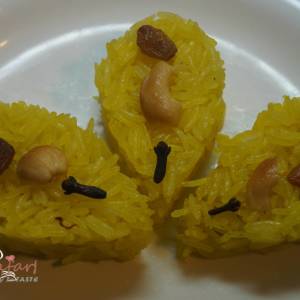
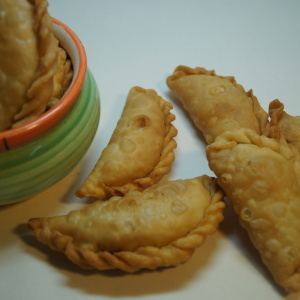
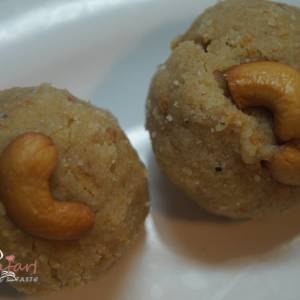
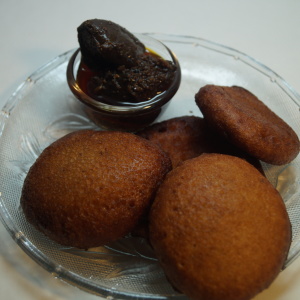
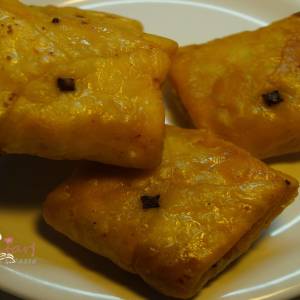
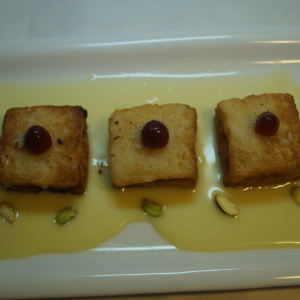
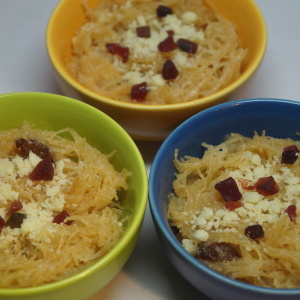
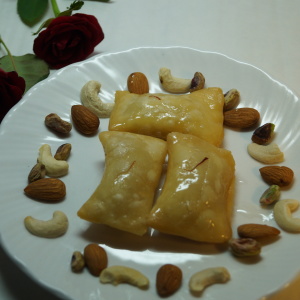
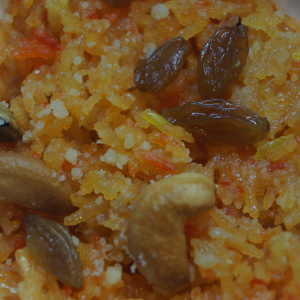
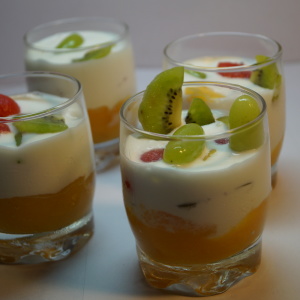
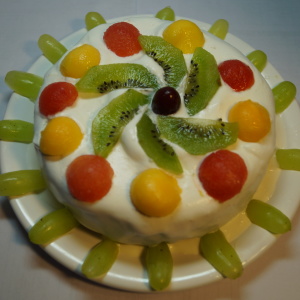
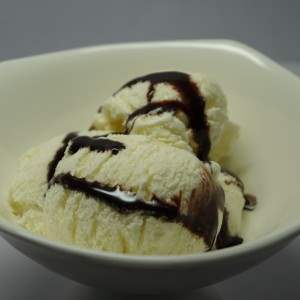
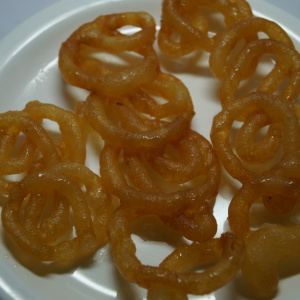


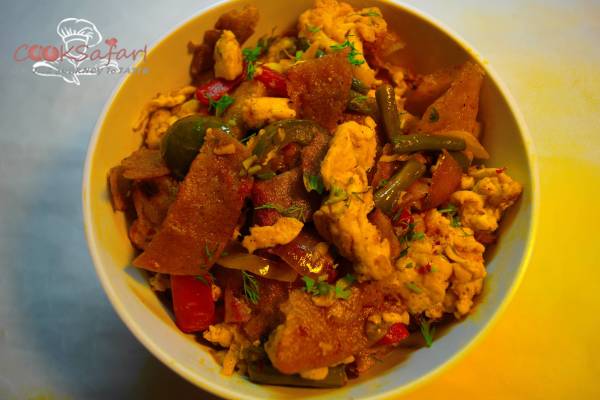
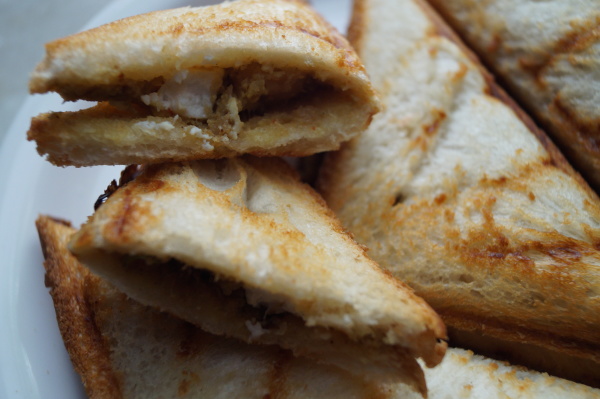
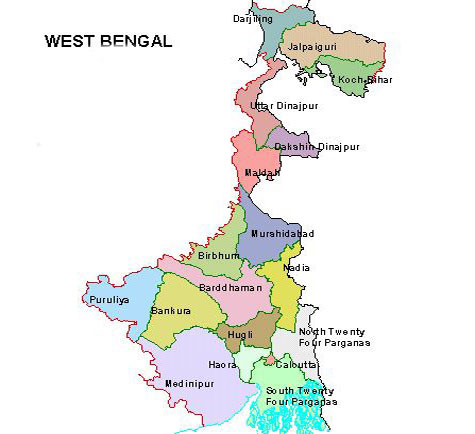
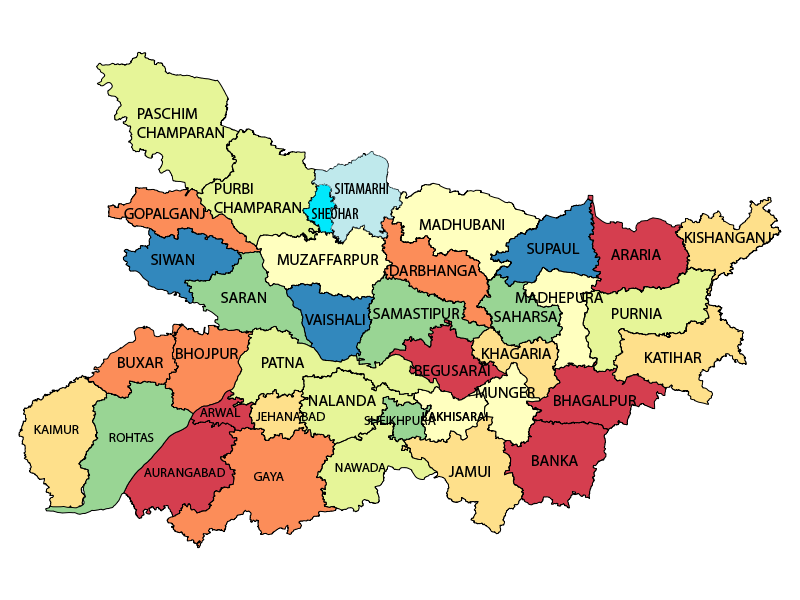

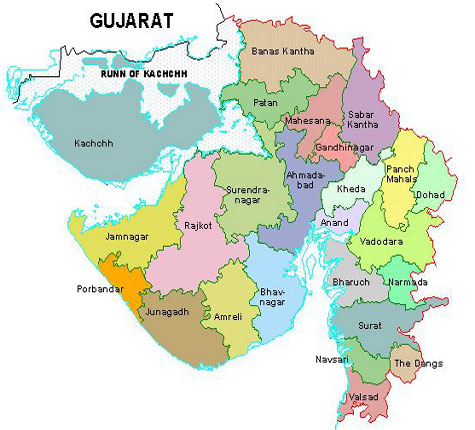
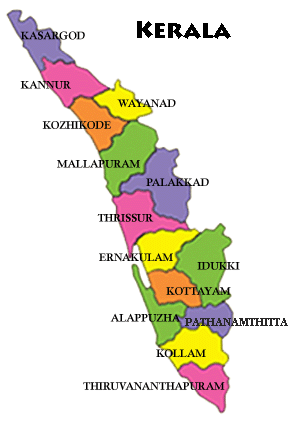

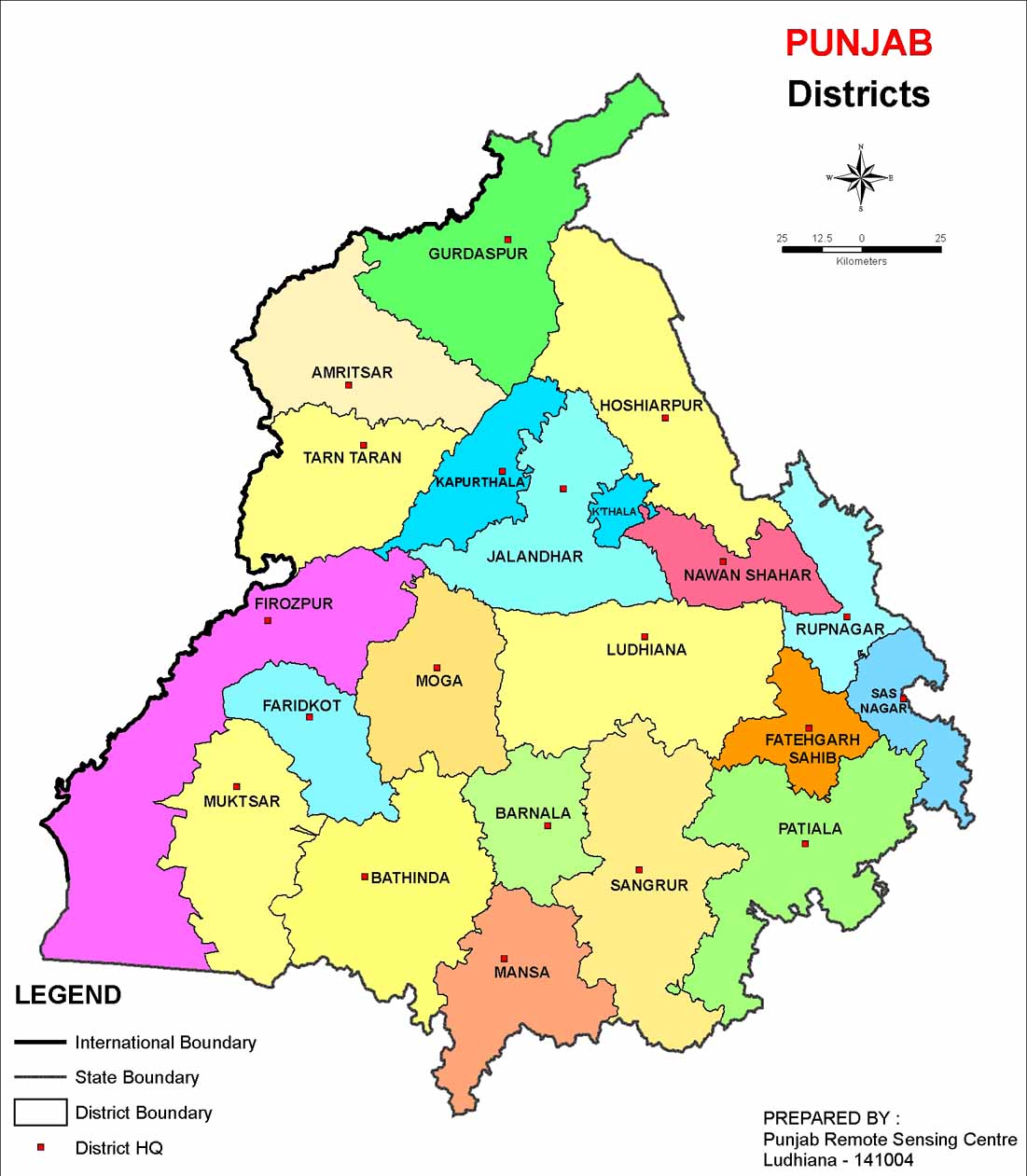
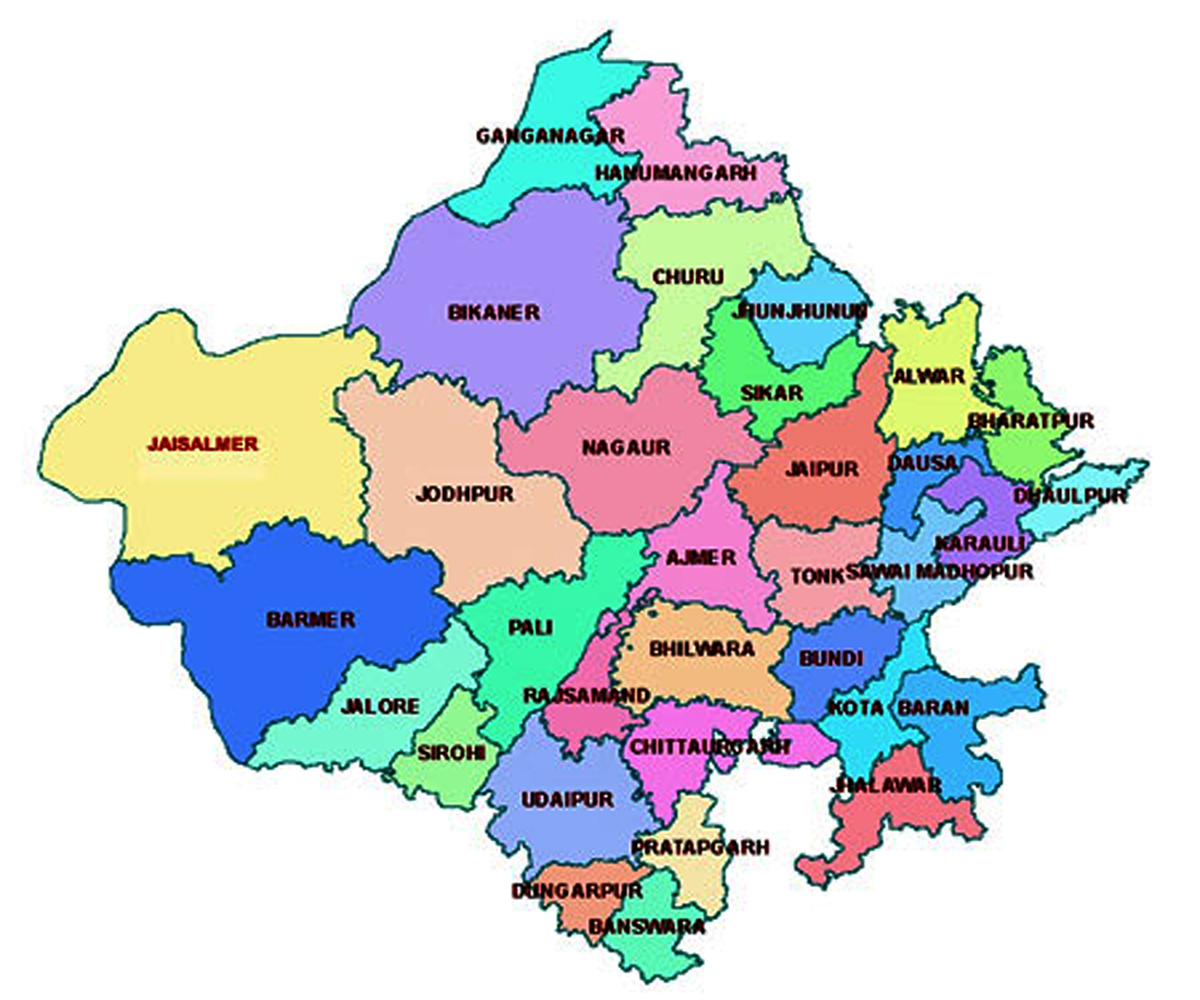




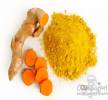
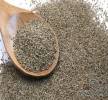
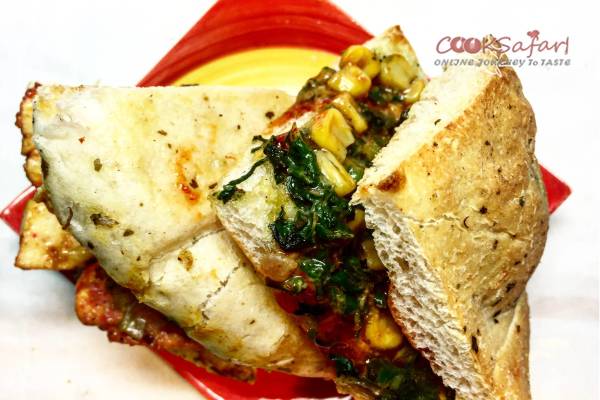
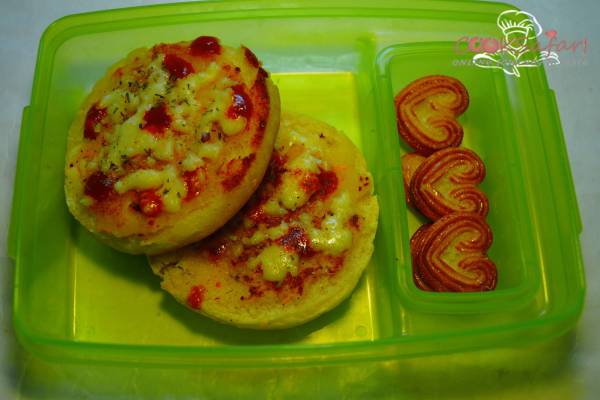
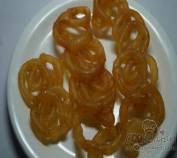
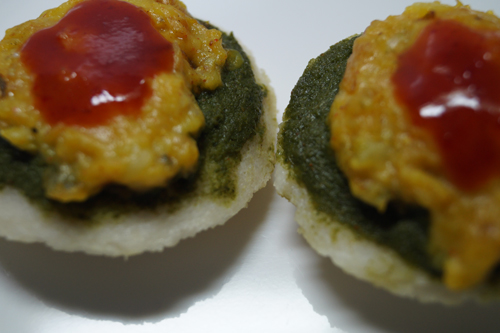
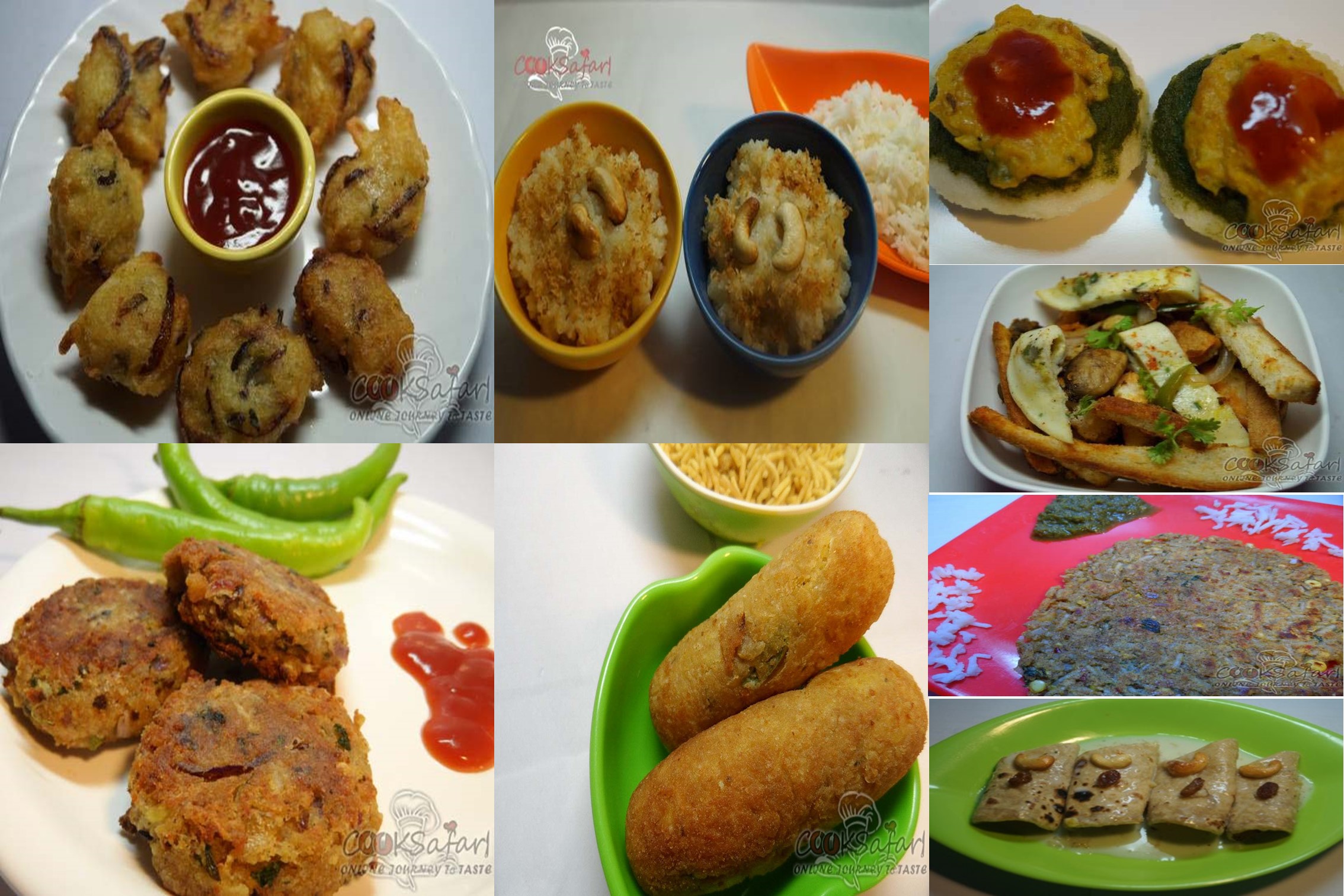



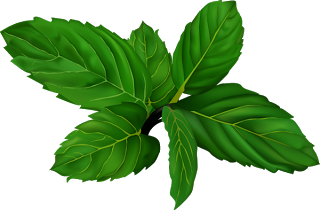
No comments yet.